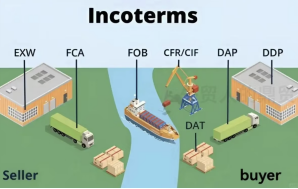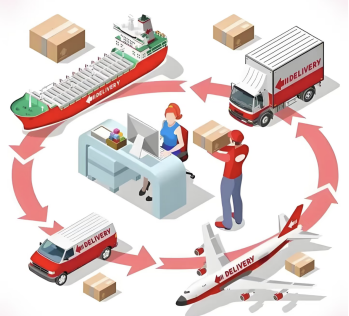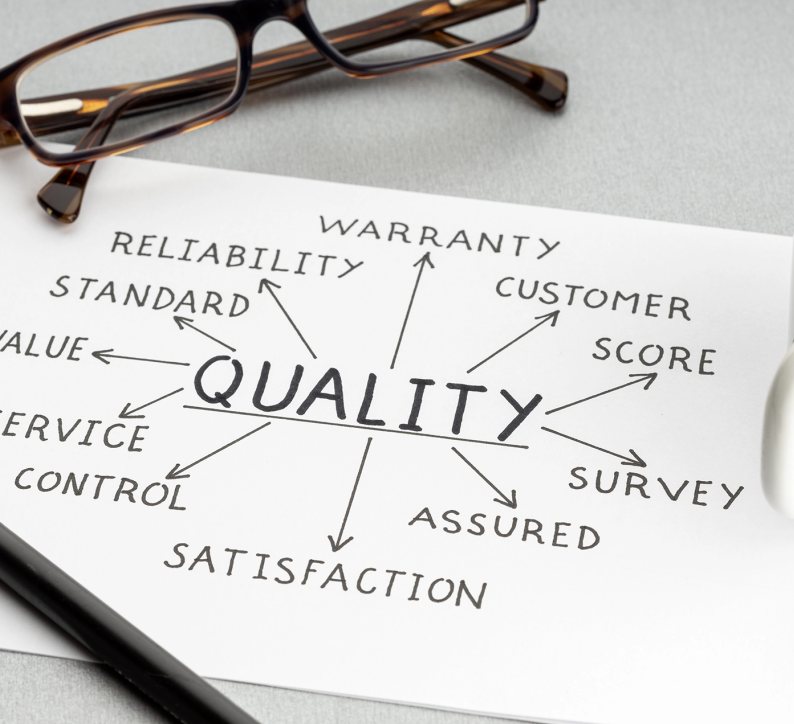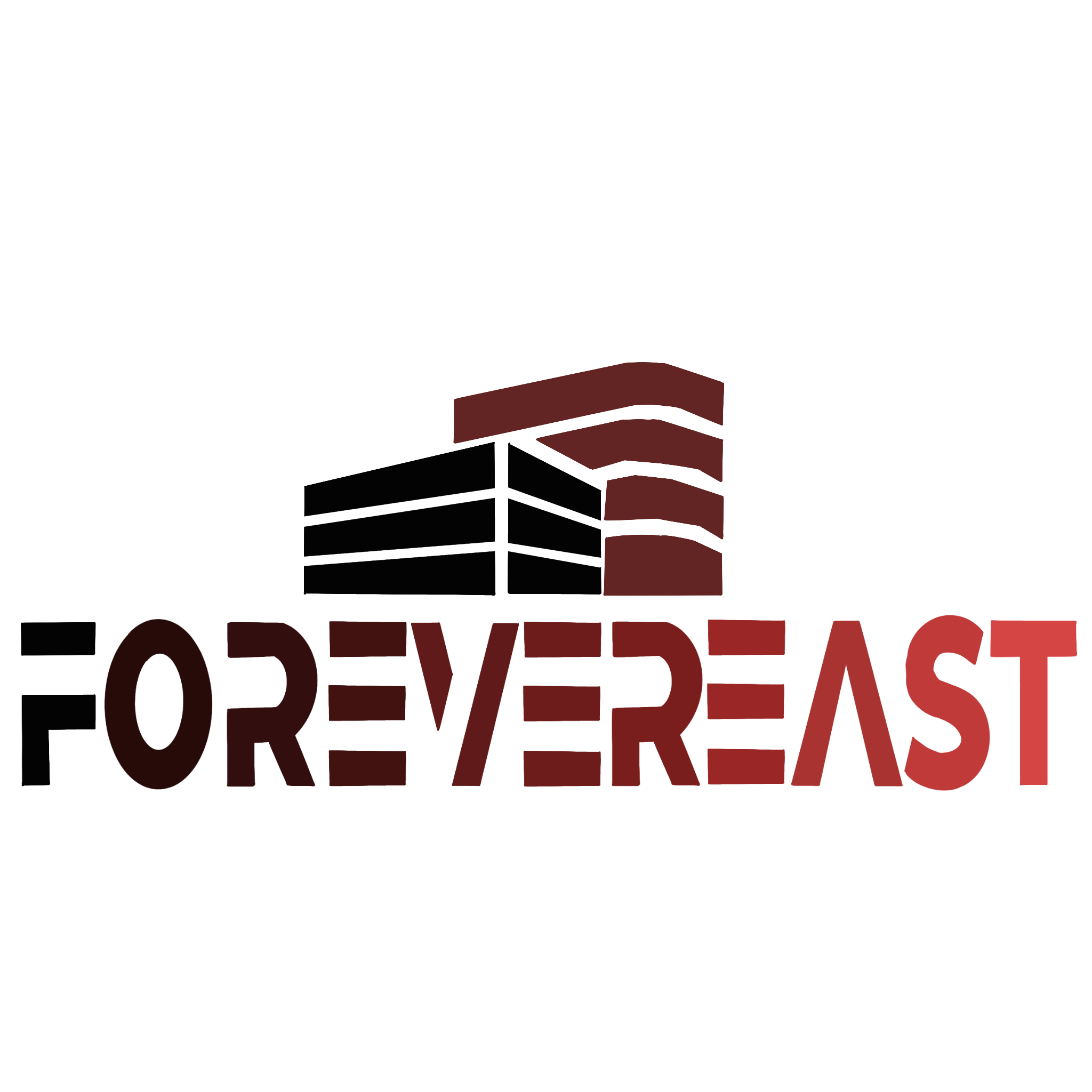Tips to consider when sourcing in China
China remains one of the world's largest manufacturing hubs, offering competitive pricing, diverse suppliers, and advanced production capabilities. However, international buyers must navigate several critical factors to ensure successful procurement. Here are the key considerations when sourcing from China:

1. Supplier Verification & Due Diligence
- Check Business Credentials: Verify the supplier’s business license, export history, and certifications (ISO, BSCI, etc.). Use platforms like Alibaba, Global Sources, or government databases (e.g., China’s National Enterprise Credit Information System).
Note: ISO is a globally recognized quality management standard, with ISO 9001 (Quality Management Certification) being the most common. BSCI is an European-led social responsibility audit standard focusing on labor rights and working conditions.

- Factory Audits: Conduct on-site or virtual inspections to assess production capacity, working conditions, and quality control processes.
- References & Reviews: Request client testimonials or contact past buyers for feedback.
2. Quality Control & Product Standards
- Define Specifications Clearly: Provide detailed technical drawings, materials lists, and packaging requirements to avoid misunderstandings.
- Third-Party Inspections: Hire inspection agencies (SGS, Bureau Veritas, or local firms) to check product quality before shipment.
- Compliance with International Standards: Ensure products meet destination market regulations (CE, FDA, REACH, etc.).
Note: CE = EU safety "passport"
FDA = U.S. safety approval
REACH = EU chemical regulation

3. Pricing & Payment Terms
- Understand Cost Structure: Clarify whether quotes include shipping, duties, and taxes (Incoterms like FOB, EXW, or CIF).
- Secure Payment Methods: Use escrow services (Alibaba Trade Assurance), letters of credit (L/C), or partial payments (30% deposit, 70% before shipment).
- Beware of Hidden Costs: Factor in logistics, customs clearance, and potential tariffs.

4. Logistics & Lead Times
- Shipping Options: Compare air freight (faster but costly) vs. sea freight (cheaper but slower).
- Plan for Delays: Chinese holidays (Chinese New Year, Golden Week) and global supply chain disruptions can extend lead times.
- Work with Reliable Freight Forwarders: Ensure smooth customs clearance and door-to-door delivery.

5. Intellectual Property (IP) Protection
- Sign NDAs & Contracts: Protect designs and proprietary information with legally binding agreements.
- Register Trademarks in China: Prevent counterfeiting by filing IP rights with Chinese authorities.
- Monitor Production: Avoid unauthorized subcontracting by conducting surprise factory visits.
6. Legal & Contractual Safeguards
- Detailed Contracts: Include product specs, delivery dates, penalties for delays, and quality dispute resolution.
- Dispute Resolution: Specify arbitration locations (e.g., Singapore, Hong Kong) in case of conflicts.
7. Cultural & Communication Factors
- Language Barriers: Use clear, simple English in communications. Consider hiring a bilingual agent.
- Negotiation Style: Chinese suppliers often expect haggling—be polite but firm on pricing and terms.
- Build Relationships : Long-term partnerships often yield better pricing and priority service.

Final Tips for Success
- Start Small: Place trial orders before committing to large volumes.
- Leverage Local Agents: Sourcing companies or trading agents can streamline the process.
- Stay Updated: Monitor trade policies (e.g., U.S.-China tariffs, EU regulations) that may impact costs. By addressing these factors, businesses can mitigate risks and build profitable, long-term sourcing relationships in China.
By the way, We (Forevereast) is a China-based sourcing company with over 15 years of experience in helping clients import products from China. We provide both spot purchasing and all-in-one sourcing solutions. If you are looking for reliable suppliers, please feel free to contact us.
Learn more: https://www.forevereastco.com/

 How should handle quality issues with China-sourced products?
How should handle quality issues with China-sourced products?
 Why is China sourcing still irreplaceable in 2025?
Why is China sourcing still irreplaceable in 2025?
 Smart Manufacturing for the Future, Renewing Life: The 29th China International Kitchen & Bath Expo Leads the New Industry Wave
Smart Manufacturing for the Future, Renewing Life: The 29th China International Kitchen & Bath Expo Leads the New Industry Wave
 What are the common challenges in China sourcing, and how can they be overcome?
What are the common challenges in China sourcing, and how can they be overcome?
